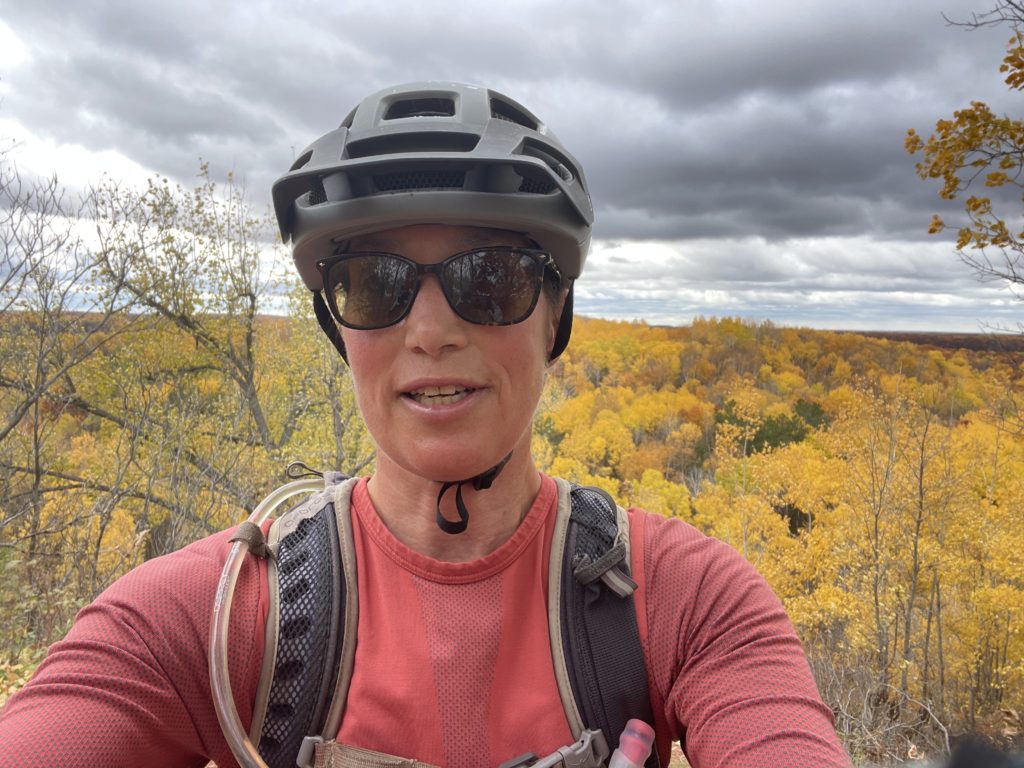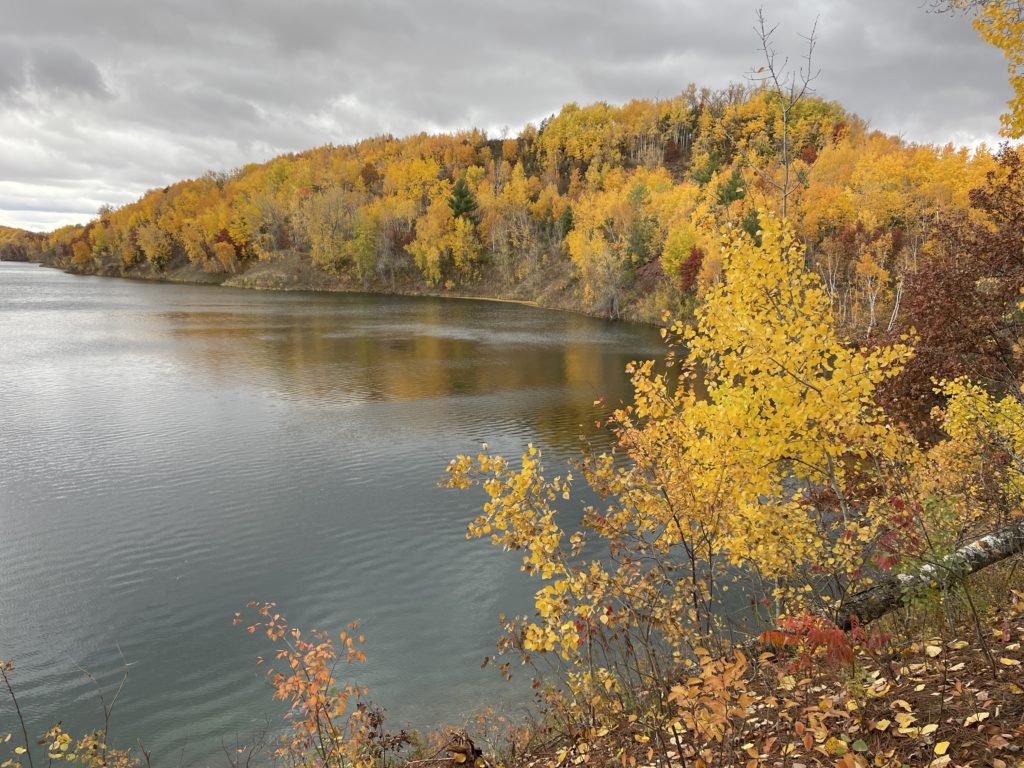
Over the last thirty-plus years of ski marathon training, I have discovered several key pre-season workout sessions. My training at twenty years of age looked much different than in my fifties. As we age and are susceptible to more injuries, the type of modalities we choose for workouts may change, but the purpose of each session remains the same. Overtraining in running, roller skiing, or strength can lead to chronic injuries.
This past fall I came into the season with a torn hamstring related to a running injury. I now limit my running/bounding workouts to once a week and focus on roller skiing, cycling, strength and ski pole hiking sessions. In this article, I address the different types of pre-season dryland workouts and recovery sessions that are needed to have a successful ski race season.
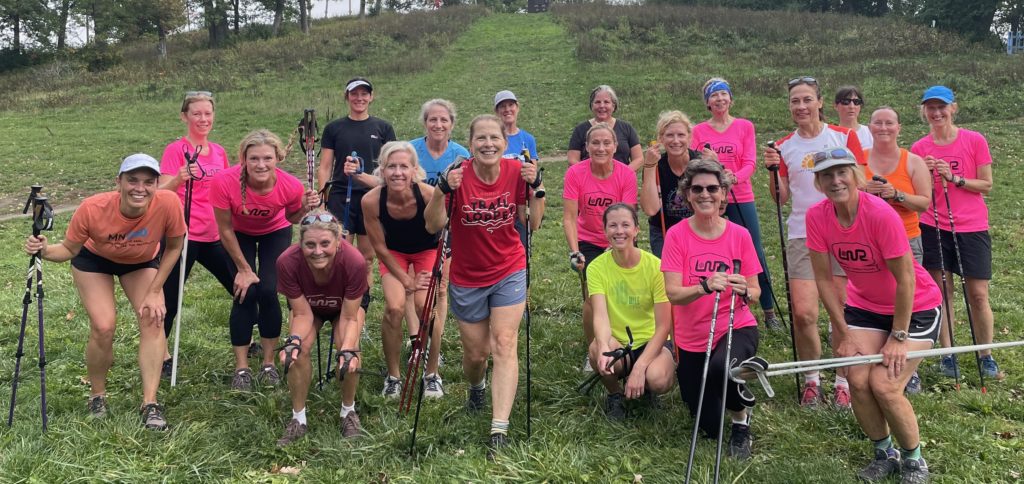
Before explaining the various dryland workouts I will provide an overview of the different training loads that skiers should incorporate into their weekly workout plans. Many Master skiers do a lot of “junk training” and end up feeling slow on their interval days and too tired to complete their longer over-distance workouts. The only way we will improve our fitness is by following a strict workout plan that incorporates all five of the training levels. Many athletes get tested for lactate levels to determine their different training zones, but for the average Master skier there is simplistic description below:
Intensity Levels
- Level 1: You can talk comfortably while training
- Level 2: You can hear yourself breathe
- Level 3: Long-distance 20 – 50 km controlled race pace (sustain for 45+ minutes continuously)
- Level 4: Fast-paced 5 – 10 km short-distance race pace (sustain for 5-15 minutes)
- Level 5: Max effort (sprinting)
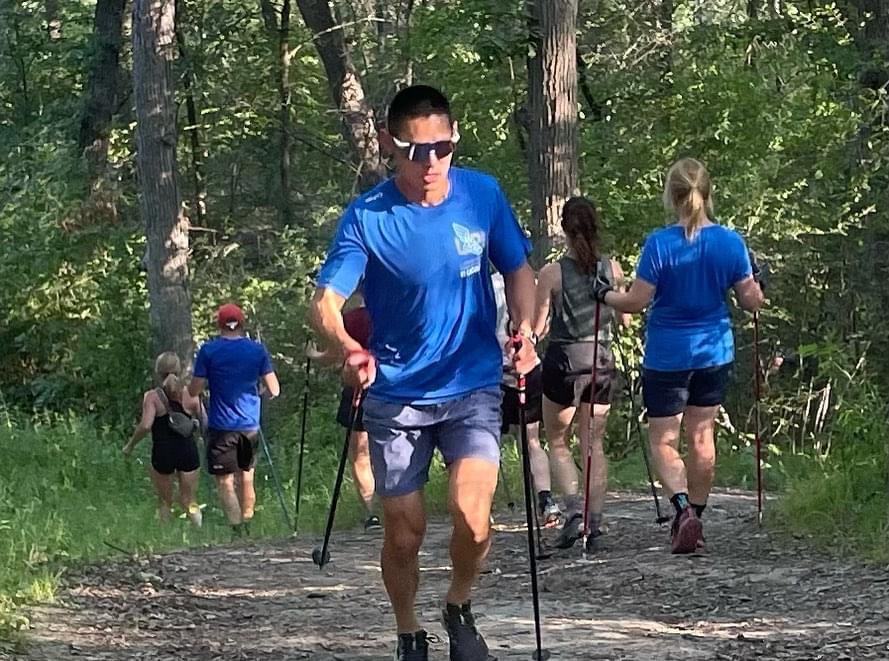
When planning your workouts make sure each day has a purpose and stick to it! Below is the list of various types of workouts that skiers should include in their weekly training schedule.
- Intervals (include 1 – 2 different types of level 3 or level 4 intensity)
- Over Distance Easy Level 1 for 2 – 4 hours
- Specific strength (arms only, legs only hill repeats)
- Technique focus easy recovery sessions
- Sprinting short intervals at max effort
Ski Pole Bounding, Hiking and Running
Bounding is one of the most demanding exercises that can help increase your ski fitness. It is truly a full-body workout if done with the correct technique. For the past fifteen years I have coached a women’s LNR fall dryland training session which has helped keep both myself and other women motivated to execute these hard workouts. I suggest finding a group of training buddies that can keep you accountable and push your limits for these tough workouts.
Mixing up the types of bounding workouts provides a fun variety as well as keeping focused interval sessions. Below are some suggested bounding and hill hiking workouts that you can rotate throughout your fall training sessions.
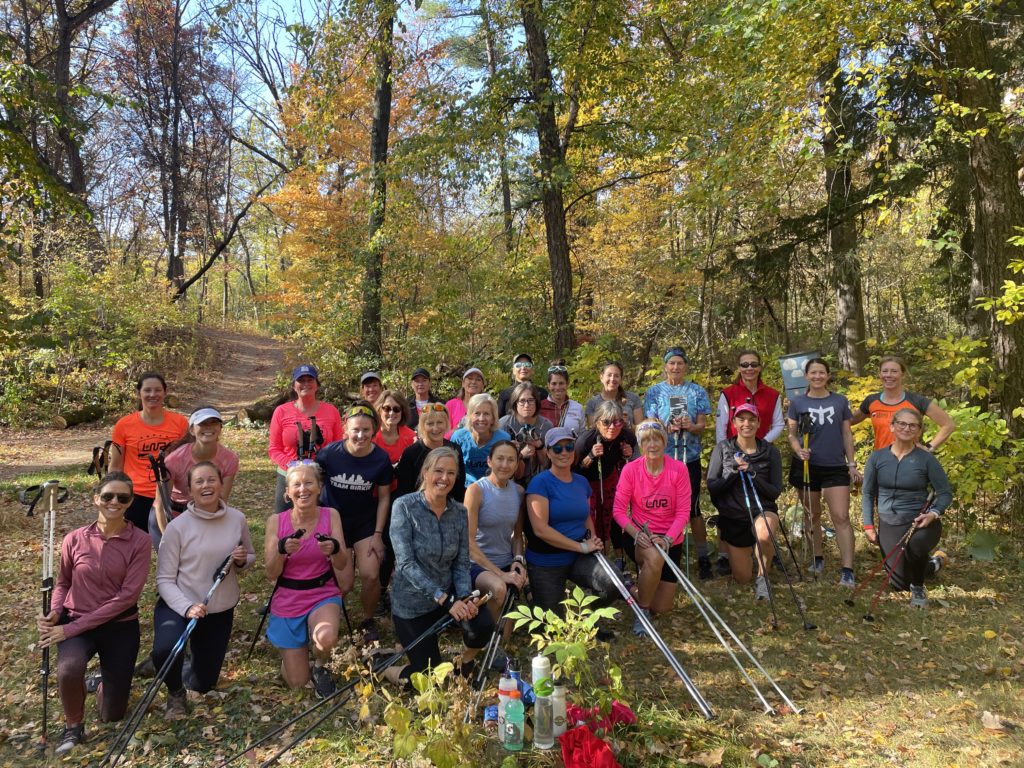
- 4 x 4-Minute level 4 (5 – 10 km race pace) intervals with equal recovery.
- 5 x 8-10 Minute level 3 interval workout with a mix of bounding, pole hiking, and pole running to keep your heart rate at a marathon race pace. If your body does not allow you to bound, switch to fast ski pole hiking on rolling terrain.
- 30-second Level 4 bounding sprints x 10 with a one-minute active pole hike recovery. Repeat three times with a 5-10 minute active jog/walk recovery between sets.
- 30 On 30 Off Workout: 30-second level 4 interval followed by 30-second recovery for twenty minutes. I find these short intervals are very helpful for master skiers who tend to focus on long and easy workouts. Training our fast twitch muscles is important if we want to pass someone on Bitch Hill or the Birkie finish line!
- Skate Bounding with resistance bands: When coaching dryland workout sessions I incorporate skate bounding with resistance bands focusing on V1 and V2 technique timing. Skate bounding helps to prepare my body for the lateral explosive push along with increasing my balance on one leg. Find a good hill and do repeats of lateral skate bounding while also using your arms to practice double pole swing.
- Level 1 Easy pole-hiking on rolling terrain for 2-3 hours. For those who do not roller ski, ski pole hiking for 2 to 3 hours can make a great over-distance workout session. These long easy level 1 workouts increase your cardiovascular fitness and train your muscles to endure a full marathon race event. Trail running the flats and ski pole hiking the hills for 2-3 hours is also a great way to build your endurance.
- Ski-specific plyometrics: Training your body with explosive jumps on one leg and two legs can build the strength and power that is needed in both skate and classic skiing. Unfortunately, this type of workout can cause injuries to many Master skiers. If your body allows, try the following plyometric exercises x 3 sets on a hill:
- Cross-over lateral skate jump X 15 each leg falling into the hill
- Two-legged broad jump using good arm swing x 4 (frog jump)
- One-legged jump x 4 (flamingo jump)
Rollerski Workouts
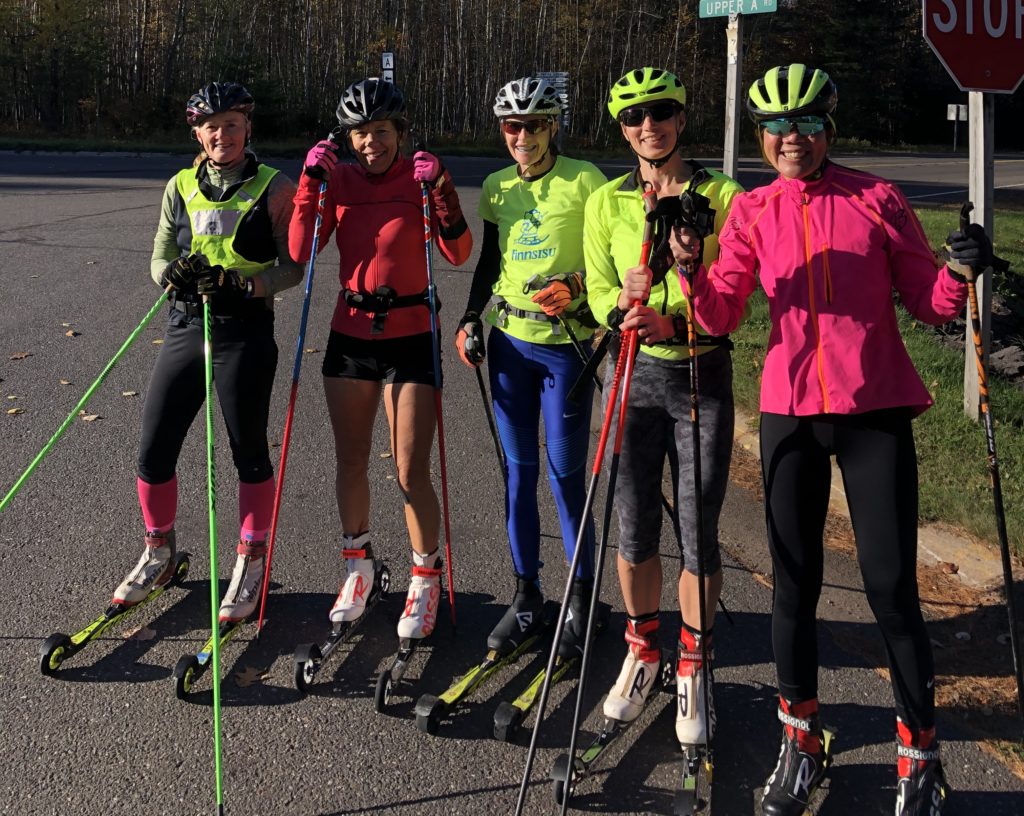
Getting in one long roller ski session once a week throughout the summer can provide a great marathon base. If you are more like me and wait until late August to pull your roller skis out, it’s not too late to make gains in both your technique and ski fitness. Below are some suggested roller ski workouts you can try out this fall!
- Over-distance easy level 1 skate or classic roller ski for two to three hours with twenty-second pick-up sprints every ten minutes to spark your fast twitch muscles.
- Legs-only and arms-only hill repeat workout is a great way to build specific strength. You can do these workouts on a long steady climb or rolling terrain.
- Level 4 race pace 6 -8 X 3 minutes with equal recovery
- Level 3 threshold intervals for 7 -10 minutes X 4 – 6 repetitions with a 3-minute active recovery.
- All technique skate or classic level 3 or 4 intervals on rolling terrain are a must for fall roller ski workouts. Find a nice quiet and safe neighborhood with rolling hills for this workout.
- Rollerski time trial sessions: Every fall I like to test my fitness by completing a 5 – 20 km distance at race pace.
- Specific Strength: Find a steep hill to do short 30-second to 1-minute max effort double pole or single stick repeats. You can also do legs only focusing on a powerful push for 1 minute. For classic ski specific strength sessions, I recommend doing hill repeats of double pole, single stick, and then kick-double pole repeats.
Strength Training
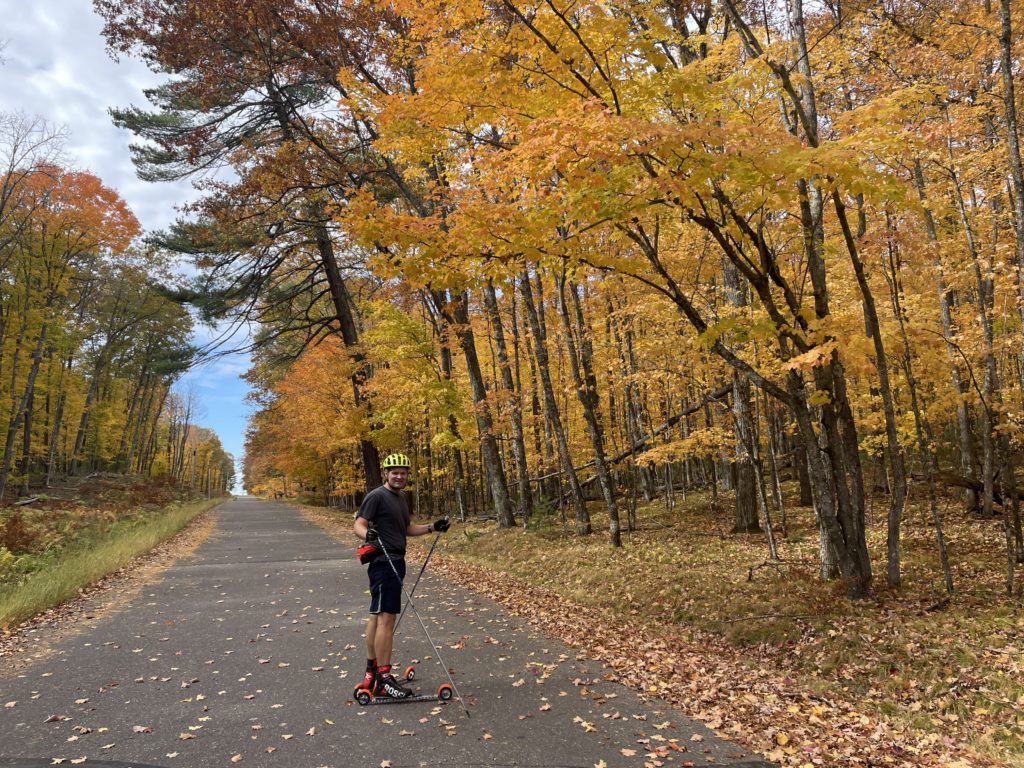
Over the years, strength training has proven to be very effective in producing the explosive power that is needed in both classic and freestyle techniques. Incorporating two strength sessions per week will not only help you ski faster, but will also prevent injuries. Make sure to warm-up your muscles before your strength workouts along with a short jog following the session to prevent injuries.
Find a year-round strength training plan that works best for your body and schedule. In the spring I usually start with a general lightweight strength routine. Strength sessions should typically be done on the same day as you do intensity workouts so that you can rest more on your easy days. Throughout the summer I work up to a more powerful max strength in the fall. If you do not have a weight room, just head to the local park and do my favorite outdoor body weight playground strength! Here’s a quick playground strength routine that I learned from LNR Coach Piotr Bednarski.
- 1) Push-ups: 3 sets x 12-15
- 1) V-ups: 3 sets x 20
- 2) Pull-ups 3 x 10
- 2) Side plank elevated on bench 3 set x 30 sec each side
- 3) Dips 3 sets x max
- 3) Hanging Toe to bar 3 sets x 10
- 4) Box jump (onto curb or bench) 3 X 30 seconds
- 4) Stationery skate bound: Three sets of 24 lateral pushes
- 5) Lunges: Three sets of 20 steps
- 5.)Swing Rollouts 3 set x 10 (great for your core and fun!)
Make sure to finish your strength session with a core strengthening routine. Below is one of my favorites:
- Freddy’s: one leg down one leg straight and crunch forward then side crunch elbow to opposite knee
- Bridges with one leg lower
- Side planks with leg raise
- Front plank: Regular, opposite Arm and leg raise, hips touch down pulsing
- Superman: Laying on your tummy lift your arms and legs up and down
- V-ups or rows
- Bicycle crunches
- Russian Twist
- Sky kickers: Lay on your back and push your legs up to the sky
- Windshield wipers: Lay on the ground with pelvis tilted and lift legs up and from side to side.
Recovery Workouts
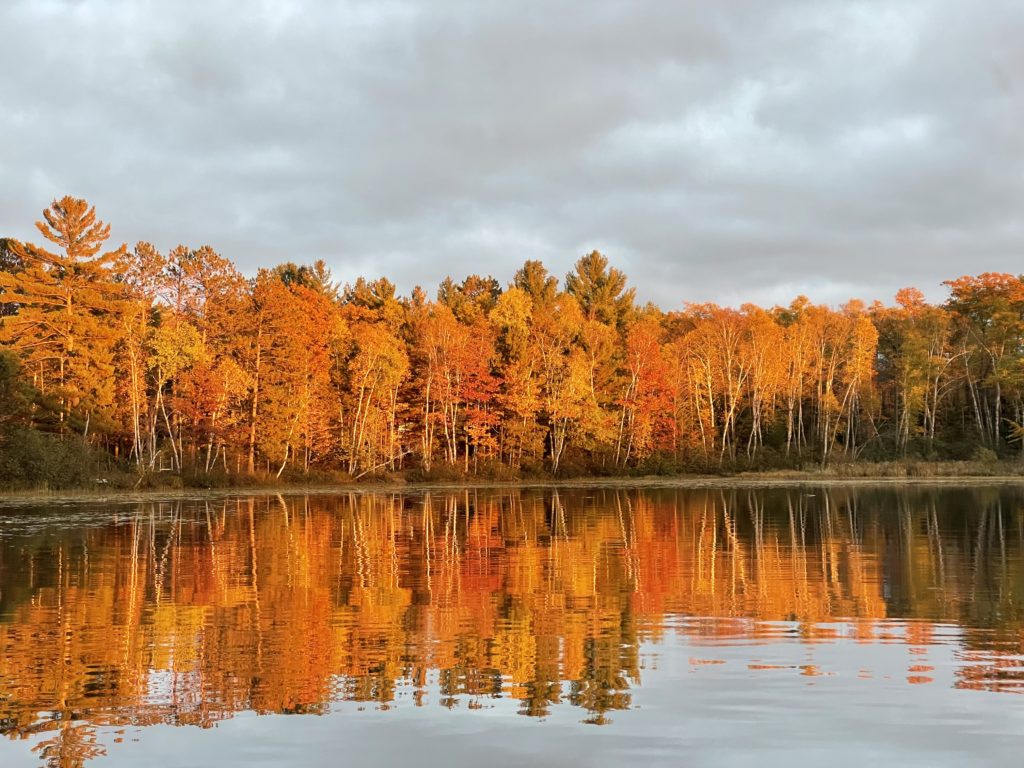
Recovery is just as important as interval sessions. If we are not resting enough between each of our workouts we will start to feel sluggish and stiff. On your rest or easy-intensity workout days make sure to incorporate a few of the following recovery exercises:
- Walking or cycling can be a great way to get all the lactic acid out of your legs and help your body recover more quickly for the next day’s workout.
- Yoga and stretching can be used daily but at a minimum, you should incorporate some kind of mobility exercises to keep your muscles flexible
- Foam rolling and trigger point massage: I use a foam roller and lacrosse ball almost every day to help release tight muscles. The older we get the more we need to roll before and after our workout sessions.
- Injury-preventative exercises: Rest days are also a good time to focus on any PT exercises for specific injuries that you may have.
Many Master skiers have busy work and family schedule that may not allow for two strength and interval sessions. In this case, I encourage you to create a plan that includes one distance, one interval and one strength session. Most importantly, listen to your body and never train intensity workouts while feeling tired or sick. I hope these fall dryland workout ideas will be helpful to your overall training for the upcoming ski season! Feel free to email me with any training or technique questions at kim@enduradv.com!
Kim Rudd
